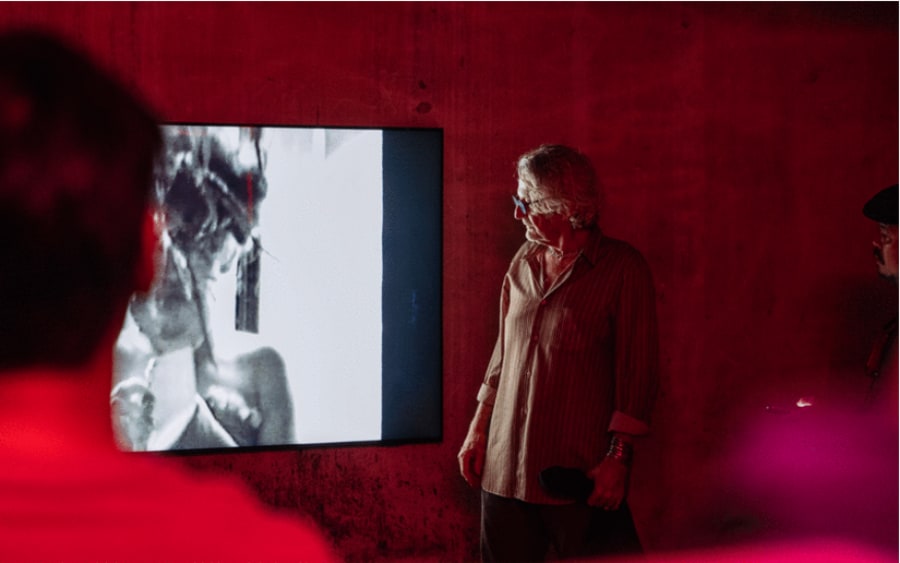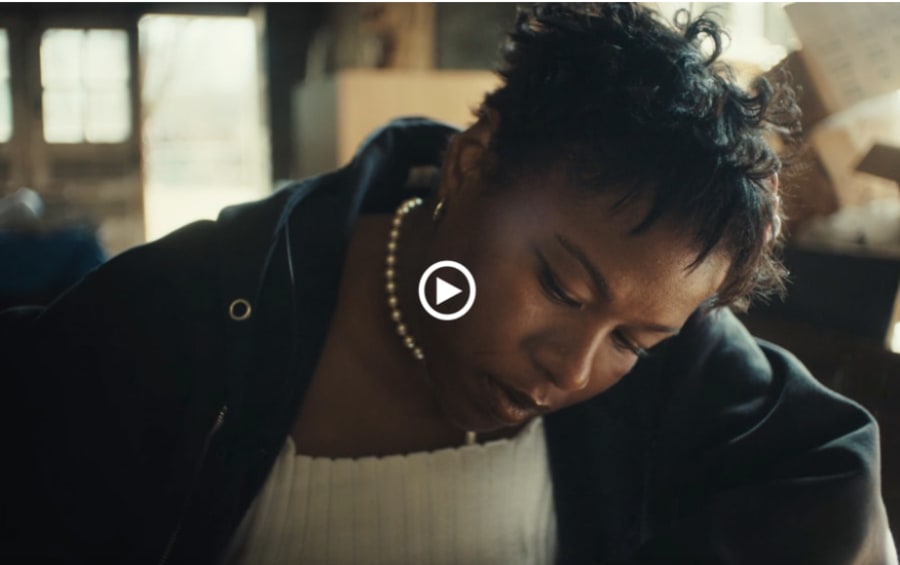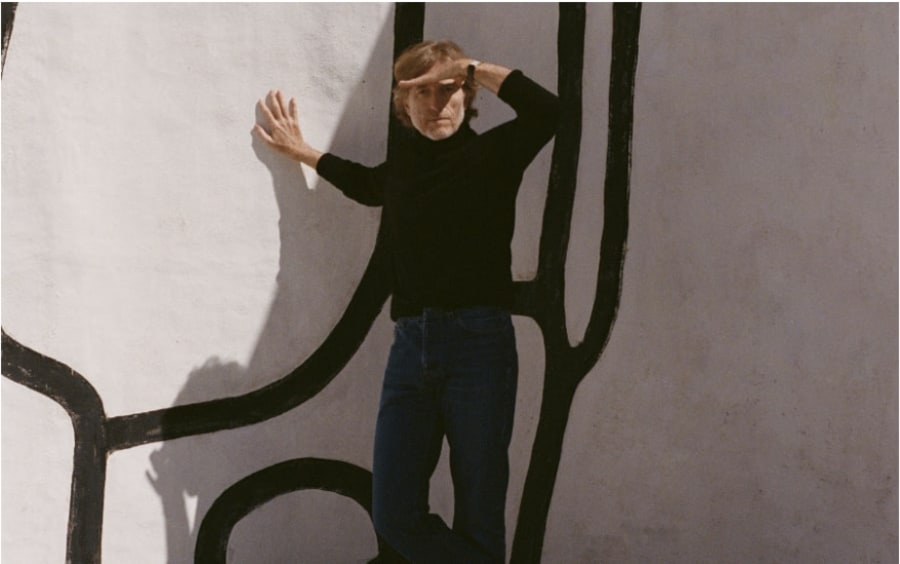‘Art has to be strong enough to make room for itself. It has to be strong enough to withstand the public’s lack of understanding,’ the pioneering polymath Agnes Denes told an interviewer in 2019. The wisdom of these lines is axiomatic – doubly so after one learns that they belong to an artist who experienced firsthand the perils and pitfalls of being way ahead of her time. Denes (b. Budapest, 1931) arrived early at various modern crossroads. In 1982, she created Wheatfield – A Confrontation: an iconic environmental work sponsored by the Public Art Fund that pitted two acres (8,000 square meters) of golden wheat planted and harvested in the shadow of New York’s Twin Towers against the hydra-headed hegemons of money, politics, global trade, and ecological indifference. After more than four decades of worsening climate change and growing economic inequality – and the human misery they engender like thousands of metric tons of CO2 – her work appears more prescient than ever today.
As part of this year’s edition of Art Basel’s citywide arts program, the fair is unveiling one of its most spectacular outdoor artworks to date: a Swiss adaptation of Denes’s 1982 earthwork-cum-Manhattan-performance, titled Honoring Wheatfield – A Confrontation (2024). Curated by Samuel Leuenberger – the founder of the Switzerland-based not-for-profit art space SALTS and frequent Art Basel collaborator – Honoring Wheatfield will be sited on approximately 1,000 square meters of concrete plaza that is the Messeplatz. Loaded onto hundreds of seed- and soil-laden Euro pallets in half-ton increments, the work’s Basel iteration also includes a billboard image of Denes’s original 1982 wheat field and a large monitor featuring the artist, at the time 51 years old, speaking to the priorities her installation expertly visualizes, among them: ‘food, energy, commerce, world trade, economics,’ as well as ‘mismanagement, waste, world hunger, and ecological concerns.’
‘Wheatfield speaks to people because it’s easy to comprehend visually,’ Leuenberger says of Denes’s elegiac but practical planting, which he reckons will be harvested in late August. ‘As a symbol, it’s universal. Not only is wheat consumed more than any other food in the world, along with rice, it’s the landscape you see most across Switzerland.’
The following interview with Agnes Denes was conducted via email. It is reprinted in full at her request.
Christian Viveros-Fauné: In 1990, you said that, ‘The turn of the century and the next millennium will usher in a troubled environment and a troubled psyche’ – and, of course, you couldn’t have been more right. The term Anthropocene was only widely popularized by the atmospheric chemist Paul J. Crutzen in 2000. What did you know then that many others didn’t or chose to ignore?
Agnes Denes: Humanity is always slow on the uptake, and corrects mistakes in hindsight. A lot is happening environmentally, culturally, and otherwise. That needs to be understood and acted on.
How did it feel to be so far out ahead of popular sentiment both environmentally and artistically?
Comfortable, but alone.
You’ve long worked across just about every discipline – drawing, sculpture, environmental installations, philosophy, mathematics, science – but started out studying painting at Columbia University. About that period, you once said that you felt continuously ‘interrupted by the edge of the canvas,’ so decided to ‘just [get] off the wall and into the landscape.’ Can you say more about that transition?
What I said was that by stepping off the canvas, I went from a two- to a three- or four-dimensional representation and reality, entering art from a more realistic point of view. It’s a growth process, a liberation, finding what you were meant for.
With Wheatfield – A Confrontation (1982) you planted and harvested a two-acre wheat field on landfill in Lower Manhattan in the area now known as Battery Park City. The images you created have become increasingly iconic – the grain you and your volunteers harvested travelled to 28 cities in ‘The International Art Show for the End of World Hunger’ and was later planted and sown around the globe. The power of this artwork remains, in a real sense, epic. How has the work’s symbolism changed for you? As the effects of global warming become continuously more visible and incontestable, how have its meanings been altered or modified?
Things change as they evolve, and it’s best to read my writings on all these subjects, rather than having me paraphrase myself to provide a quick answer.
I’m often struck by the David versus Goliath strength of your 1982 Wheatfield. Not only did you create the work with next to no money – a $10,000 grant from the Public Art Fund for a work that would easily cost 20 or 30 times that much to realize today – but you did so in the shadow of the recently constructed World Trade Center towers and by pitting $158 worth of North Dakota grain planted on land valued at $4.5 billion at the time. The degree of difficulty, as they say in professional figure skating, seems insurmountable. How do you remember the process of making the work?
It was very difficult, exhausting, heartbreaking, but rewarding. I wrote a poem about it [in those] days.
My assumption is that you’ve been asked to reprise Wheatfield numerous times. In fact, you have done so twice before: once in 2009 near an abandoned railway line in Dalston, east London, as part of the Barbican’s ‘Radical Nature’ exhibition; and a second time in downtown Milan in 2015, in collaboration with the curator Massimiliano Gioni and the Fondazione Nicola Trussardi. How did the opportunity to restage Wheatfield on Basel’s Messeplatz come about? What was your reaction to being invited to restage the piece in Switzerland?
The same as when I planted a Wheatfield in Montana. These works need to be repeated because people are different in cities and rural areas, [they are different in different] countries, and they absorb new knowledge differently.
There are a number of innovations that were necessary to make Wheatfield possible on the concrete public plaza that is the Messeplatz. The plantings have been done on Euro pallets full of earth and soil and grain; there is a walk-through path that splits the field in two; part of the field is a raised wave, which provides for a hill effect. These are brilliant adaptations to an already remarkable experience. How do you think it makes your living and ephemeral artwork different?
I am trying to design and build vertical fields, as it may become necessary to create these in the future.
I believe you were in your early teens when you and your family first left Hungary for Sweden after the 1944–45 bombing of Budapest. In 1954, when you were in your twenties, you moved to the United States. I recently listened to a podcast interview with you where you spoke about the time before and after you ‘lost your language,’ your mother tongue, an event that you describe as pushing you toward a lifetime commitment to visual vocabularies. If I’m not mistaken, you speak five languages now. What is it about visual forms that you believe allows them to capture knotty concepts and invisible processes in ways written and spoken languages can’t?
Our communication systems are obviously not perfect, just see the confusion out there.
Being an immigrant to the US myself, from a country that underwent civilizational collapse (Chile in the 1970s), I also wonder if that early sense of dislocation, of stability and security being exposed as fragile and transitory things, informed your ability to conceptualize both the worst (as you put it in the original 1982 text that accompanies Wheatfield – A Confrontation: ‘mismanagement, waste, world hunger, and ecological concerns’) and the best (imagination, post-instrumental thinking, voluntarism, collective effort) of humanity through your artworks? Do you think your difficult formative experiences might have opened you up to thinking both more radically and realistically about what Montaigne termed ‘the human condition’?
I try to communicate the human condition and offer benign solutions when I can.
It’s been 42 years since you planted and harvested your original Wheatfield in the shadow of the World Trade Center buildings in Lower Manhattan and across the bay from the Statue of Liberty. How has the world changed since then? How has the reception to your own work changed and especially to Wheatfield?
The wheatfield has become an icon.
Søren Kierkegaard once wrote: ‘Life can only be understood backwards, but it must be lived forwards.’ How do you see the future today?
First by trying to communicate with it, second by foreseeing it.
You were once asked how much time you would need to create all the remarkably ambitious projects you wanted to undertake, and you said 500 years. Have you reconsidered that answer? Is 500 years enough? What unrealized project would you most like to make a reality today?
I’ve just completed designing a Future City that I’ve been working on for many years, but bureaucracy and the sad state of affairs are stopping [it] from realization. It’s a mixture of a forest and a city, feeding each other, [that I’ve] planned for New York City. The City would gain billions in tourism alone, aside from its groundbreaking uniqueness as future necessity; [but] that is falling on deaf ears, allowing my space to be given to more condominiums and office spaces, as was done with Wheatfield. I would very much like to see this new City realized while I am still alive.
I understand you will not be in Basel for the excitement surrounding Honoring Wheatfield at the Messeplatz – you’ve said that you no longer ‘travel easily’ – but I wonder if you have a message for those who will experience the sheer beauty and excitement of your Wheatfield in Switzerland?
I am 92 years old, 93 [at the end of May], and more creative than ever, knowing time is short. I wish you all creativity, longevity, and strength to withstand what’s ahead. Love each other to gain strength. Be creative.
Agnes Denes and Art Basel invite you to participate in the public harvest of ‘Honouring Wheatfield – A Confrontation (2024)’ on Sunday, August 18th, between 2 and 4 pm. The artist encourages you to harvest wheat or collect a souvenir of grains. Art Basel will collaborate with local producers to turn the remainder of the what into flour, which will be distributed throughout the region to bakeries and food shelters alike.
Christian Viveros-Fauné is a writer and curator who has covered art and its intersections with politics for more than 25 years.
Agnes Denes is represented by Leslie Tonkonow Artworks + Projects (New York) and acb (Budapest).
Caption for top-image: Agnes Denes, Honouring Wheatfield – A Confrontation (2024). Installation at the Messeplatz during Art Basel in Basel 2024. Photograph by Sara Barth.
Published on May 27, 2024.


